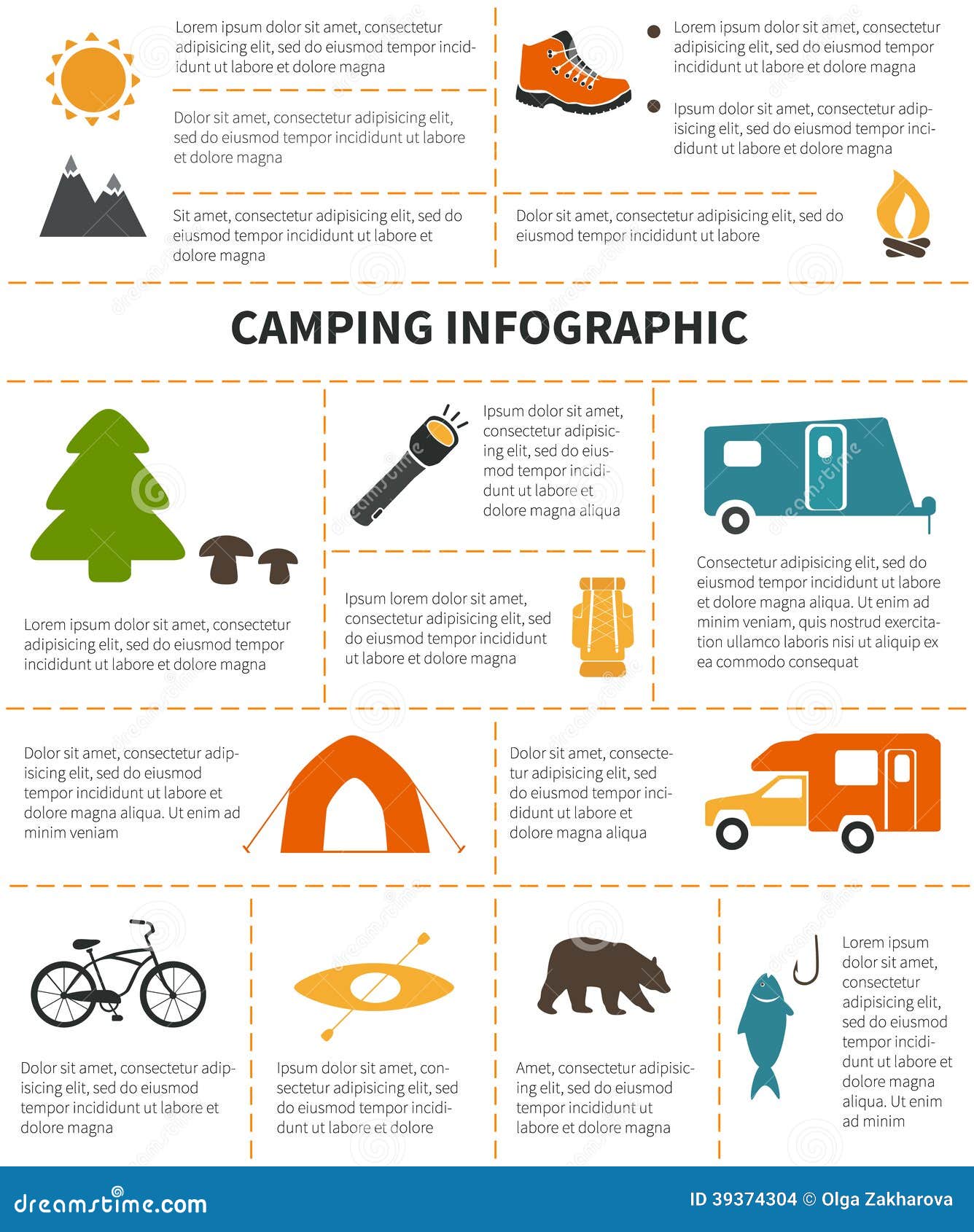For ounce counters, risks are a prime location to save money. The majority of risk collections feature a things sack that makes them very easy to load and secure.
They can easily pass through softer, sandy soils and want duff yet battle with rough surface. Their blunt ends take advantage of the use of a club.
Hook Risks
Essentially lengthy needles with a point on one end and a flattened head at the other, pin risks are simple however effective. They function well in difficult ground where it's challenging to drive in longer risks and do particularly great in rough terrain, as the idea can function its way in between buried rocks. Some variations (like Sea to Summit's Ground Control stakes) have 3 notches for guy lines, which decrease take advantage of and enhance holding power.
An usual choice to guard's hook risks, plastic utility stakes usually have a Y-shaped shaft that will not twist in the soil and tend to be longer than hook stakes. They're strong and long lasting enough for moderate use, though they are brittle if you try to hammer them into rock or tough soil. They likewise require to be tilted completely to prevent the man line from slipping off if it ends up being slack over time (knotting it around the shaft two times can aid). Size: Longer risks small dirt over a higher depth and volume, which can increase overall frictional resistance.
Nail/Pin Stakes
Toenail risks have a pencil point for simple driving into clay, rock, or compressed dirt. These stakes are likewise much more long lasting than timber stakes and do not splinter. They are usually utilized in building, fence, and erosion control projects.
These stakes have actually 12 spirally prepared toenailing holes one inch on center offering each stake with 24 prelocated nail entry points making them easy to use and quickly to mount. This nailing style gets rid of splitting, twisting and splintering boosting employee security and eliminating shed labor time.
They are frequently utilized in concrete forming to safeguard lumber or steel concrete forms and in flatwork applications. They are also a popular selection for affixing screed bar owner secures in flatwork finishing, string line overviews, safeguarding landscape lumbers and checking stakes. They are made from cold rolled united state made tool steel for added toughness and longevity. They have a typical life 2 to 3 times that of competitors warm rolled risks.
V Stakes
Several outdoor tents stake styles exist, varying from straightforward aluminum and titanium round stakes to carbon-fibre ones created for a series of surface. Picking the right stakes depends on tent type, camp site place and ground portable shelter thickness.
As any stake is driven into the ground, it displaces some soil along its length. The displaced dirt compacts the soil quickly adjacent to the stake and assists to boost its stamina.
Risks with a v-shaped random sample (like MSR's Ground Hog Y risks or Sierra Styles FL risks) are a lot more long lasting than hook risks without including much weight, and they additionally have a hassle-free notch for the individual line. However, they might do not have as much holding power in tough or rocky ground. In such situations, angling the stake closer to vertical can help. This takes full advantage of the opportunity that a drawing pressure will certainly get to compressed layers of soil, enhancing the stake's resistance to being pulled out. Likewise, longer stakes pass through much deeper right into the dirt and boost general compaction.
Deck Stakes
Essentially a thicker Y-peg, these risks make use of an additional flange to enhance surface area and improve holding power. While a good option in loosened and sandy substratums, they do interrupt even more dirt on insertion than much less intricate forms. This can minimize holding power in tough, thick ground - but it's still a better choice than nails or pins.
A variation on the Y-stake, these risks have 3 notches for man lines to help reduce leverage and can be useful in difficult and rocky ground. They also tend to be short and light, making them a great choice for backpacking in rough surface. The Sierra Styles Ground Control stakes are a good example of this kind, though there are lots of others on the market.
Like other risks that do not have a hook or person line notch, these will certainly need to be angled sufficiently to stop the line from slipping off (as can occur if the line becomes slack). Knotting the line twice around the shaft can aid.
